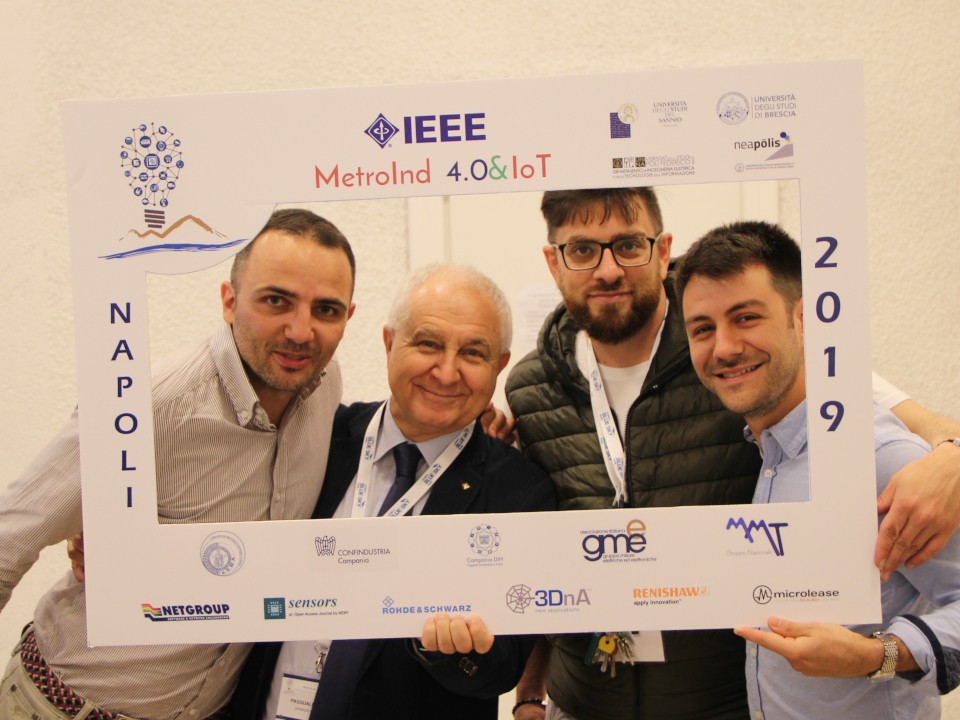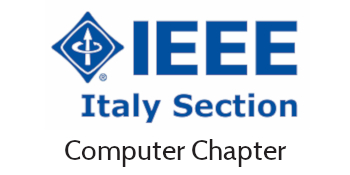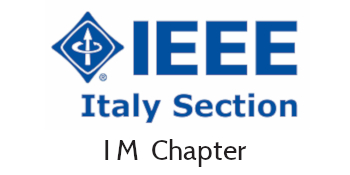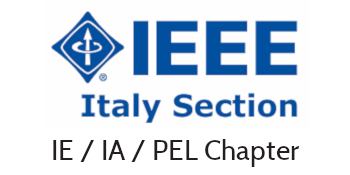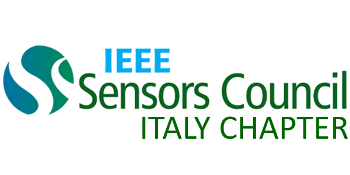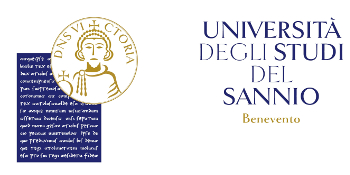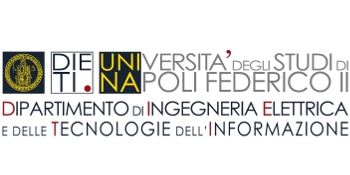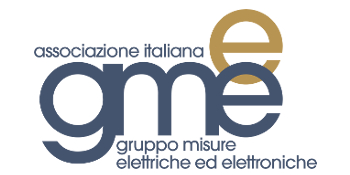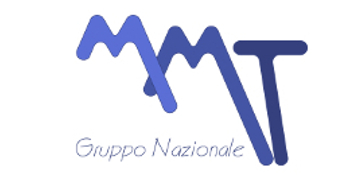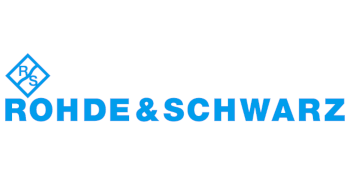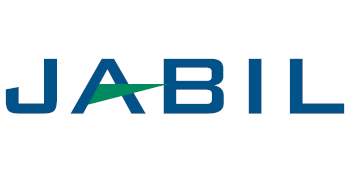Measurement Science and Design for Additive Manufacturing
ORGANIZED BY
Massimo Martorelli
University of Naples Federico ii, Italy
Antonio Gloria
National Research Council of Italy
ABSTRACT
Additive Manufacturing (AM) offers many advantages over conventional fabrication, for its ability to create free-form and customized parts with internal complex shape. Measurement science and design methods are mandatory for improving the efficiency of AM. Streamlined design-to-product transformation plays an important role in the evolution of measurement science and leads towards more advanced and integrated AM technologies, which are accessible for small and medium-sized companies, thus increasing industrial competitiveness. Rapid qualification of AM materials and processes clearly provides a better understanding of AM and more confidence in AM products used in industry.
Furthermore, in the development of 3D structures with tailored properties, the potential of AM has also been widely reported with a special focus on the development of customized prostheses and scaffolds for tissue engineering (TE). Specifically, the synergistic combination of cells and 3D porous scaffolds with an interconnected pore network is crucial for tissue regeneration. In this context, measurement science strongly supports AM, allowing the design and fabrication of advanced implants as well as scaffolds with complex shapes, reproducible architecture, tailored mechanical and mass transport properties.
Accordingly, this session addresses the integration of measurements and standards necessary to develop and deploy advances in design for AM methods. End-to-end digital implementation of AM processes, systems and devices is the goal.
The session would also discuss about standardized material characterization methods, exemplar data sets and databases to accelerate the design and use of additively manufactured structures for different kinds of applications as well as about an information systems architecture, including metrics, information models, and validation methods to shorten the design-to-product cycle time in AM.
ABOUT THE ORGANIZERS
Massimo Martorelli is Associate Professor of Design and Methods of Industrial Engineering at the Department of Industrial Engineering of the School of Engineering of the University of Naples Federico II.
He is the Scientific Responsible of the International Joint Laboratory IDEAS/CREAMI (Interactive DEsign And Simulation/Center of Reverse Engineering and Additive Manufacturing Innovation) organized by Fraunhofer IWU of Chemnitz and Department of Industrial Engineering of the University of Naples Federico II.
He is Reviewer for several ISI/Scopus International Journals.
His research focus is on Modeling and Simulation, Reverse Engineering and Additive Manufacturing techniques.
Antonio Gloria is a Researcher at the National Research Council of Italy (Institute of Polymers, Composites and Biomaterials, Naples – Italy) and Professor at different universities in Italy and in Portugal (Polytechnic Institute of Leiria - Centre for Rapid and Sustainable Product Development). He is also a Scientific Advisory Board Member of the Fraunhofer International Joint Laboratory Ideas – Department of Industrial Engineering, University of Naples “Federico II”. He was awarded and appointed as “Future Leader” in Science and Technology (“Dialogue between Nobel Laureates and Future Leaders”, STS forum – October 2015, Kyoto, Japan). His main research interests include: Additive Manufacturing, Reverse Engineering, Design, Manufacturing, Materials Properties, Modeling and Simulation, Materials Science and Technology, Biomechanics, Tissue Engineering.




